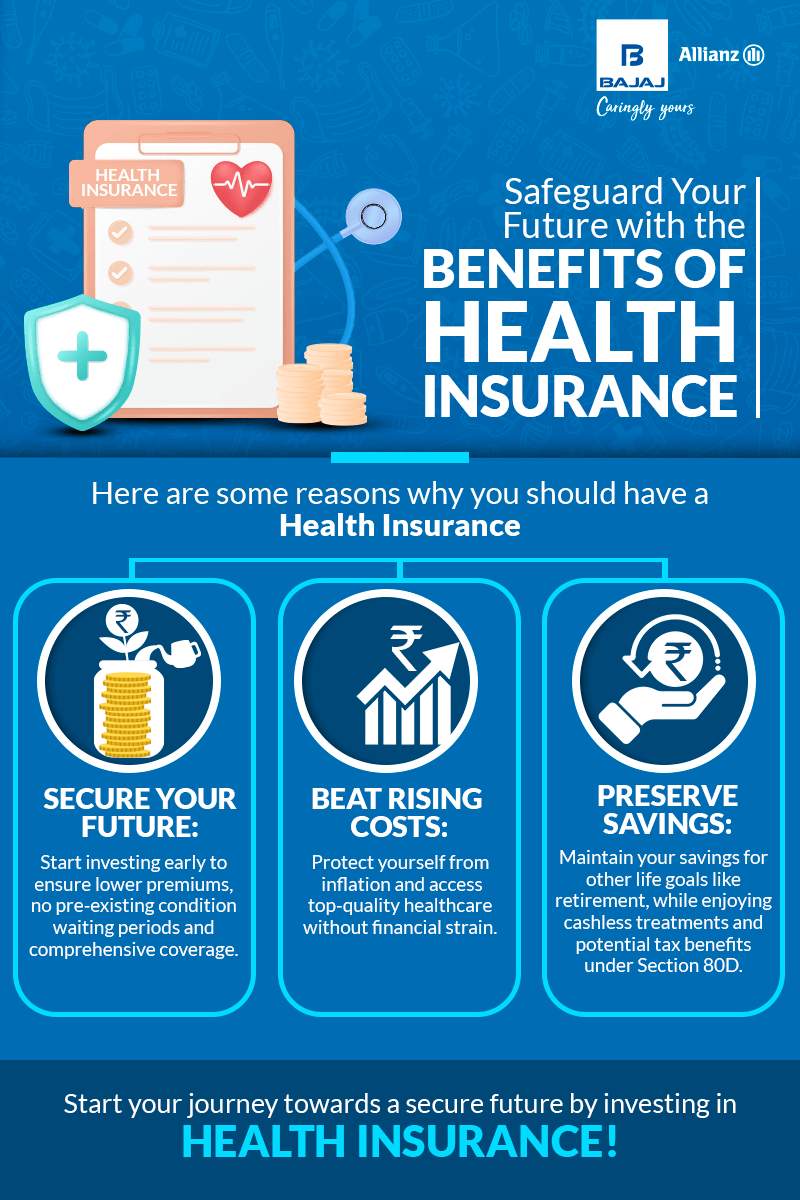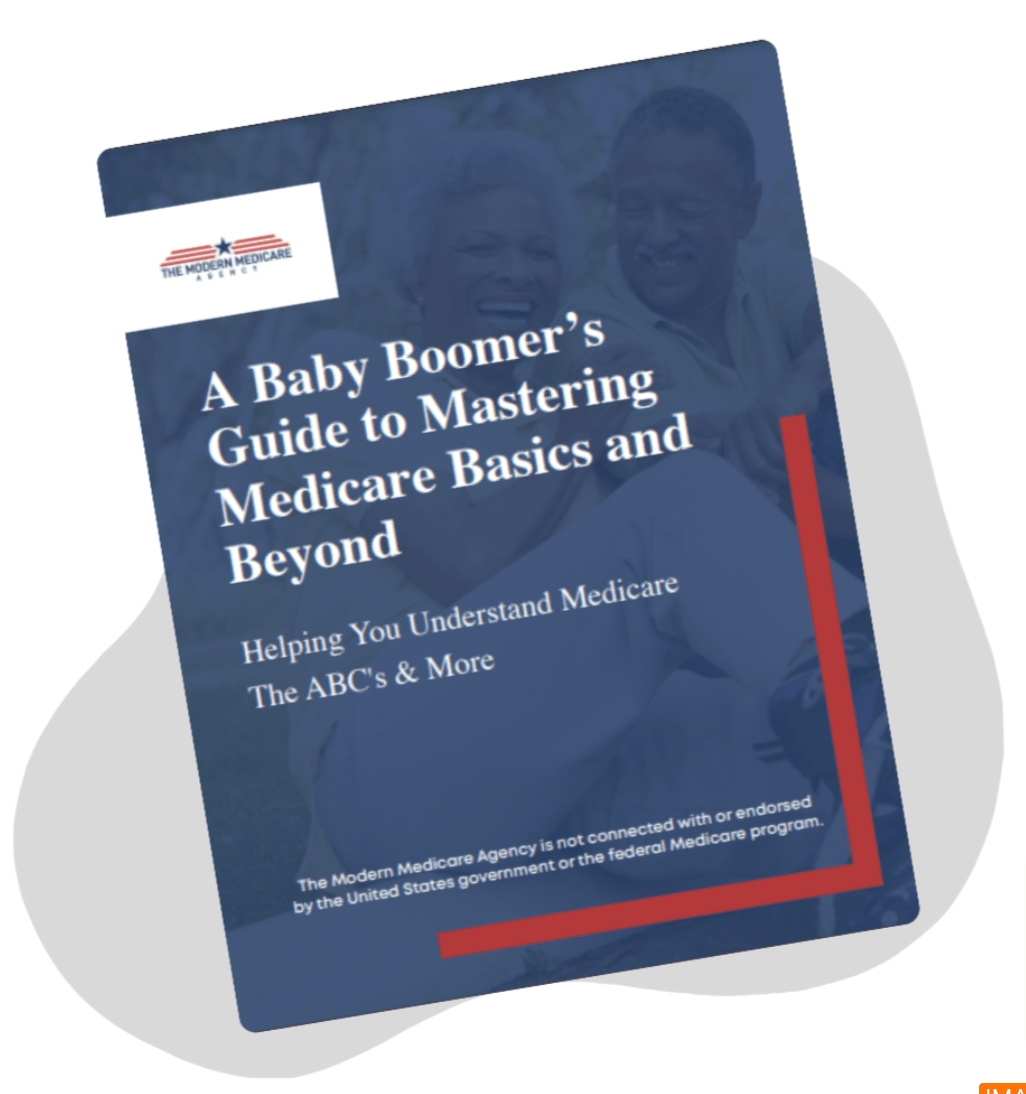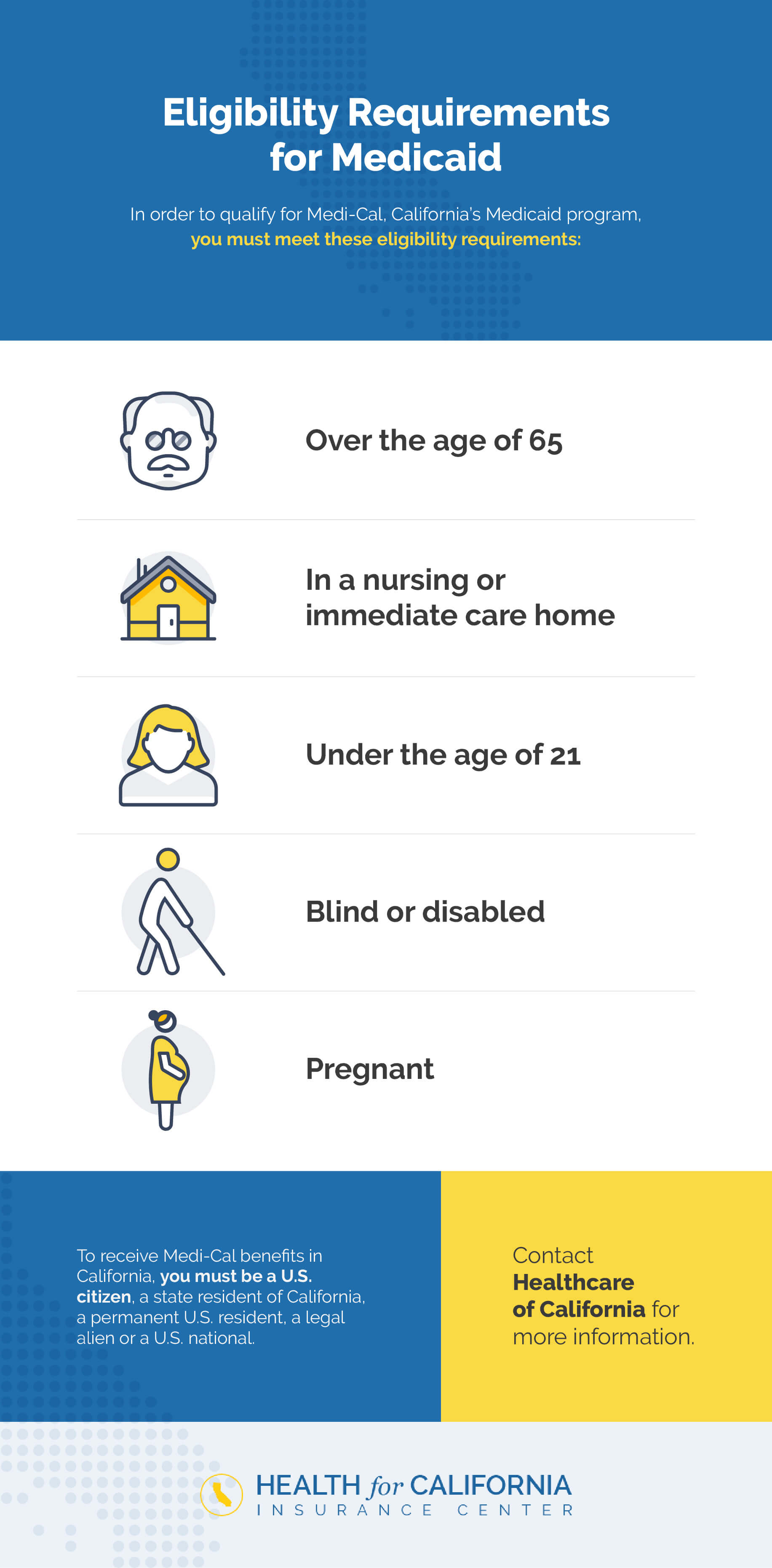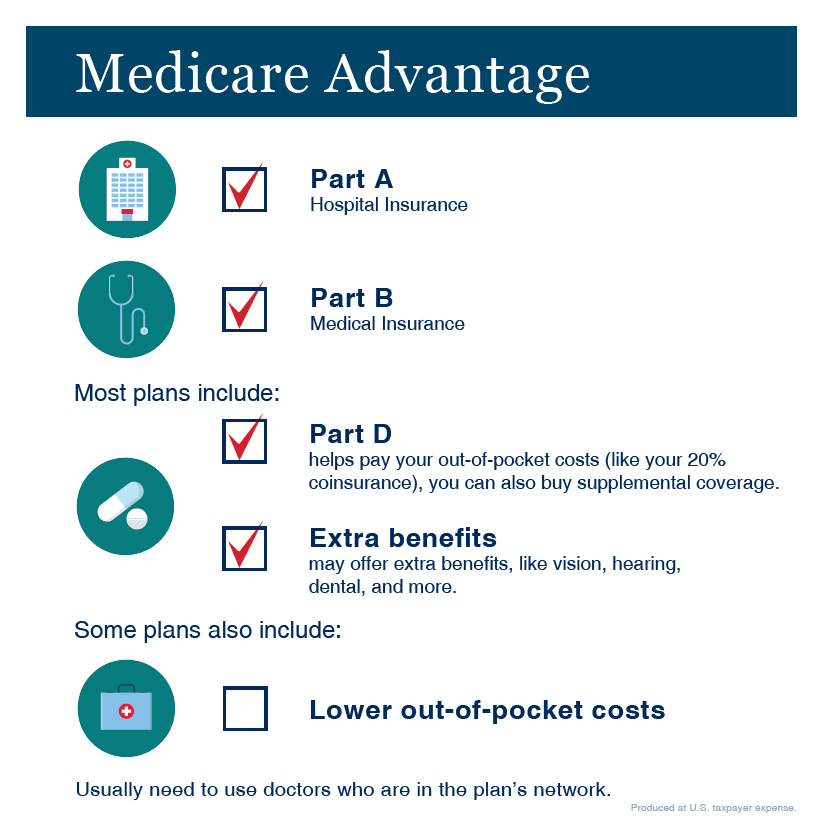Rumored Buzz on Medicare Advantage Agent
Wiki Article
What Does Medicare Advantage Agent Mean?
Table of ContentsSome Known Details About Medicare Advantage Agent The 20-Second Trick For Medicare Advantage AgentGetting My Medicare Advantage Agent To Work


follows from adheres to the relatively young fairly profile of the uninsured with without insurance better healthMuch better wellness average, standard younger personsMore youthful For those without access to workplace wellness insurance policy, inadequate health is a potential barrier to purchasing nongroup insurance coverage because such insurance coverage might be highly valued, leave out pre-existing problems, or be simply unavailable. Unless otherwise noted, nationwide estimates of people without wellness insurance coverage and proportions of the population with different kinds of coverage are based on the CPS, the most widely made use of resource of quotes of insurance protection and uninsurance rates.

Medicare Advantage Agent for Dummies
The relationship between wellness insurance and access to care is well developed, as recorded later on in this phase. The relationship between health and wellness insurance and wellness results is neither straight nor easy, a substantial scientific and wellness solutions study literary works links wellness insurance policy protection to improved access to care, better far betterHigh quality and improved boosted and population populace statusStanding The second record, on personal wellness outcomes for without insurance grownups, is represented by the innermost circle of the figure, while the third report, on family members health, encompasses the topics of the 2nd record yet emphasizes a different system of analysis, specifically, the family.
Additionally, it focuses specifically on those without any type of medical insurance for any length of time. The issues dealt with by the underinsured are in some areas comparable to those encountered by the without insurance, although they are generally much less serious. Uninsurance and underinsurance, nevertheless, involve distinctly various policy issues, and the methods for resolving them might vary. Throughout this study and the 5 reports to follow, the major emphasis is on individuals without any medical insurance and hence no help in paying for health care past what is available through charity and safeguard institutions. Medical insurance is an effective aspect influencing invoice of treatment because both clients and medical professionals react to the out-of-pocket price of services. Medical insurance, nonetheless, is neither needed nor sufficient to access to medical solutions. The independent and direct effect of health and wellness insurance coverage protection access accessibility health health and wellness is well established. Others will get the healthcare they need even without wellness insurance policy, by spending for it expense or seeking it from service providers that offer care totally free or at highly subsidized prices. For still others, medical insurance alone does not ensure invoice of treatment due to the fact that of various other nonfinancial barriers, such as a lack of healthcare carriers in their neighborhood, limited accessibility to transport, illiteracy, or linguistic and social differences. Official research study concerning uninsured populations in the United States dates to the late 1920s and very early 1930s when the Committee on the Price of Treatment produced a series of records regarding financing doctor workplace check outs and hospitalizations. This problem came to be significant as the varieties of medically indigent climbed during the Great Anxiety. Empirical studies consistently sustain the web link between accessibility to care and improved health and go to the website wellness outcomes(Bindman et about his al., 1995; Starfield, 1995 ). Having a regular source of treatment can be considered a forecaster of accessibility, instead of a straight action of it, when wellness end results are themselves utilized as gain access to indicators. This extension of the notion of access measurement was made by the IOM Board on Keeping Track Of Access to Personal Healthcare Services(Millman, 1993, p. Whether or not moms and dads are guaranteed appears to affect whether or not their children obtain care along with just how much careeven if the kids themselves have coverage(Hanson, 1998). The health and wellness of parents can impact their ability to take care of their kids and the level of family stress. Stressing over their kids's access to care is itself a resource of tension for moms and dads. Three chapters comply with in this record. Chapter 2 provides a summary of how employment-based medical insurance, public programs and private insurance plan run and engage to supply comprehensive however incomplete coverage of the united state population. This consists of browse around this web-site a review of historical patterns and public policies affecting both public and private insurance coverage, a discussion of the interactions among the various kinds of insurance coverage, and an exam of why individuals move from one program to another or wind up

Report this wiki page